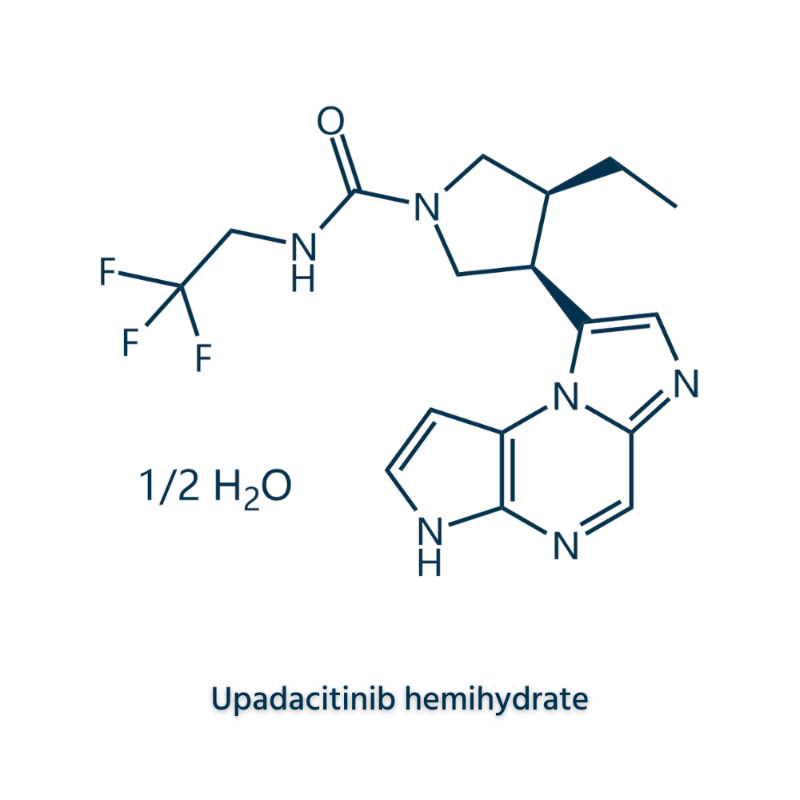Preoperative embolism for the evaluation of cranial meningioma
-
Last Update: 2020-06-03
-
Source: Internet
-
Author: User
Search more information of high quality chemicals, good prices and reliable suppliers, visit
www.echemi.com
Ref: Ilyas A,et al.J Clin Neurosci.2019 Jan;59:259-264doi: 10.1016/j.jocn.2018.06.022Epub 2018 Sep 29: Theuse of microsurgery to remove a cranial subcranial meningioma is challenging to remove the tumor adjacent to the important neurovascular structure at the bottom of the skull due to the surgical passage and stenosis of the surgery fieldAt the same time, the blood supply of the cranial sub-encephaloma comes from the deep extracranial or intracranial arteries, and it is difficult to block blood flow in the early stages of the surgical processTherefore, preoperative embolism to block blood vessels, reduce blood supply in the tumor may help to control the amount of bleeding, shorten the operation time, reduce the disability rate and improve the tumor total circumcision rateHowever, preoperative embolism for cranial meningioma may accidentally block the flow of blood to the brain, cranial nerve and retina, leading to a loss of nerve functionThere are great differences in the safety and effectiveness of cranial meningioma embolism sitorion reported in previous literatureAdeel Ilyas of the University of Alabama Neurosurgery at the University of Birmingham, USA, and others in the PubMed and MEDLINE databases, according to the "cranial base, meningioma, embolism" term for literature retrieval, collected the number of patients who performed embolism before the removal of the cranial meningioma, the number of patients who performed embolism, there are circumoperative complications reported in English literature, for a systematic reviewIt was published online in September 2018 by Journal of Clinical Science39 studies were retrieved in the database, and 403 patients with cranial subcranial meningiomas were found to have met the study criteria through a study using 15 studiesThe authors extracted the patient's demographic data, clinical symptoms, meningioma characteristics, vascular supply, intravascular technology and surgical resultsThe cranial subcranial meningioma is divided into the types of pre-cranial nest, butterfly wing, sponge sinus, rock slope, cerebellum and post-cranial nest according to the origin siteThe following data were recorded: DSA showed tumor staining, blood loss (EBL) at the time of removal of the tumor, total excision rate after embolism (Simpson grade I-III), and incidence of complications associated with intravascular embolism, including death, new cranial neuropathy, retinal arterial ischemia, permanent limb weakness, cerebral hemorrhage, and hydrocephalus403 cases, 64% were women and aged 23-67Common symptoms are vision changes (29%), mental or personality changes (27%) and nausea or vomiting (19%)The maximum diameter of 7 studies recorded tumors was 5.0 to 8.0 cmOf the 256 meningiomas with tumor origin, 87 (34%) were in the butterfly wing, 80 cases (31%) were in the rock slope area, 31 cases (12%) sponge sinuses, 30 cases (12%) pre-cranial nests, 21 cases (8%) and 7 cases (3%) were in the back of the skullAll tumors receive blood from the branch of the outer artery, and 29% also have the intra-cervical artery branchOf the 403 cases, blood supplies were from 315 cases (78%) of the inner max artery (IMax), 77 cases of pituitary meninges (MHT) (19%), 44 cases (11%), 34 cases of pillow artery (OA), 34 (8%), and 34 unnamed branches of the inner artery (ICA) Examples (8%), lower side dry (ILT) 18 cases (5%), eye arteries (OphA) 13 cases (3%), shallow arteries (STA) 8 cases (2%), vertebral arteries (VA) 7 cases (2%), brain front arteries (ACA) 3 (1%), brain arteries (MCA) 1 case (0.2%)338 cases of intravascular embolism were filleted materials, 302 cases (89%) were particulates, 23 (7%) powders, 22 (7%) NBCA, 7 (2%) Onyx, and 2 cases (0.6%) were used in combination with several materialsEleven cases (3%) were assisted by coils and 2% were done with balloonsIn patients with preoperative embolism, 17% of patients with preoperative embolism had no tumor-filled staining in DSA, and the median blood loss during the removal of meningioma was 225-580ml, and 74% of tumors were micro-totally cutThe overall incidence of complications was 12 per cent, of which 6 per cent were related to vascular embolism and 1 case (0.2 per cent) was fatalthe results show that preoperative embolism is a reasonable auxiliary method for the excision of the cranial subcranial meningioma, which can help to improve the rate of total tumor removal, shorten the surgical time, control the amount of blood loss and reduce the incidence of surgical sequelae.
This article is an English version of an article which is originally in the Chinese language on echemi.com and is provided for information purposes only.
This website makes no representation or warranty of any kind, either expressed or implied, as to the accuracy, completeness ownership or reliability of
the article or any translations thereof. If you have any concerns or complaints relating to the article, please send an email, providing a detailed
description of the concern or complaint, to
service@echemi.com. A staff member will contact you within 5 working days. Once verified, infringing content
will be removed immediately.







